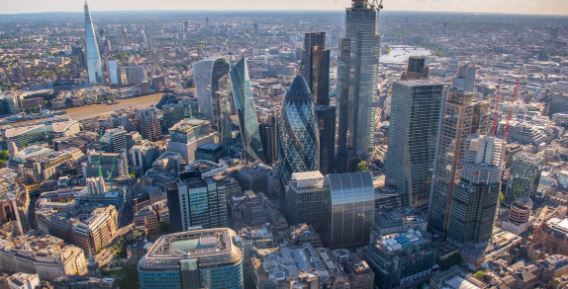Preface
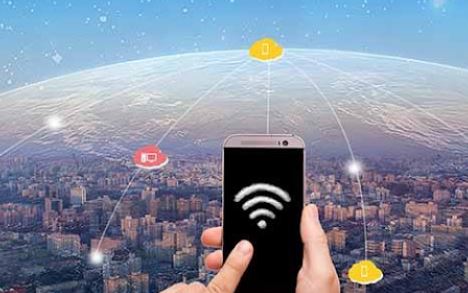
Buildings have always been used to showcase cultural psychology, norms and values. In ancient Greece, the sculptures surrounding the outer walls conveyed the story of heroism. In Gothic religious buildings, exquisite decorations convey theological messages. The grandeur of Baroque architecture is designed to embody strength, victory and wealth.
As time passed, the outer wall was separated from the load-bearing structure. They begin to behave like independent skins, constrained by material, form and technical experiments.
Today, buildings often have dynamic lighting that can change their appearance. This phenomenon is called media architecture. Some architects even turned the exterior wall into an interactive canvas to express creativity. Other facades produced display environmental data, such as weather forecasts, internal activities or energy consumption.
Today, buildings often have dynamic lighting that can change their appearance. This phenomenon is called media architecture. Some architects even turned the exterior wall into an interactive canvas to express creativity. Other facades produced display environmental data such as weather forecasts, internal activities or energy consumption.
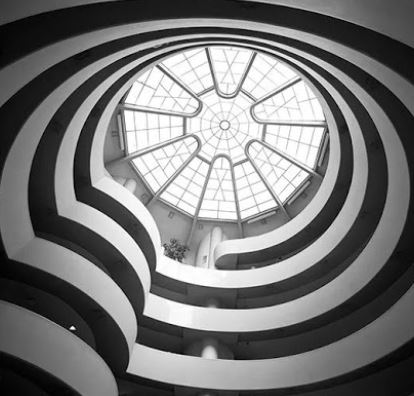
Media architecture is the main framework support

Miniaturization, improved energy efficiency and increasingly affordable lighting technologies have expanded the palette of architectural design. As a result, the facade becomes an infinitely adaptable and responsive interface. Now, the architecture can better respond to sudden demands and become a platform for creativity. In fast-growing real estate markets such as China, South Korea and Australia, real estate developers are aware of the value of media architecture. They use abstract lighting to make the development project stand out in appearance.
Now, the digital media facade illuminates the entire city, allowing the building to act as a dynamic landmark. The carefully designed luminous building envelope can display abstract digital visualization effects and can also make cultural contributions to the city.
“Melbourne Planning” and “Sydney Public Art Guide” allow media architecture as a cultural contribution to new developments. As buildings add color to the city, we will gain a new perspective on the city. Dynamic lighting can increase the sense of security, provide a creative way out or create a shared gaming platform. Therefore, building a “good” media architecture is a complex design challenge. It requires expertise in architectural design, urban design, interaction design, lighting design, user experience and community participation.
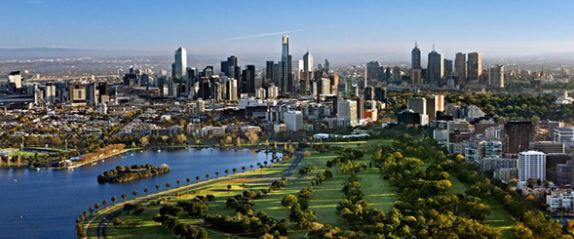
Planning policy vs media promotion

The urban policy assesses the environmental, social and economic value of new developments. It aims to ensure that the architecture provides a high-quality public realm for present and future generations. Regularly update the policy to take into account urgent needs and opportunities. And cities are increasingly proposing media architecture policies in urban planning plans. This shows that there is a growing consensus on its contribution to urban areas.
If done well, the media architecture can bring the community together, for example allowing participation during and after the design process. If done poorly, it may highlight architectural disconnects or social and cultural issues. This may lead to disinterest, disapproval or even destruction of public property. A good design process proves that the media architecture will not be affected by technological development, usage and obsolescence. These design requirements should be better reflected in the policy and decision-making process.
This approach will involve councils stimulating the adoption of media structures to activate public spaces. Initially there is an opportunity to align the digital media policy with the public open space policy. Currently, digital media policies focus on protecting the vision and avoiding visual confusion. The public open space policy is more qualitative and experiential in nature. It points out the need for open space to enhance livability, attractiveness and attractiveness.
Both policies should be retained. This is critical. But the council should recognize that media architecture can simultaneously attract people and increase the attractiveness of public spaces.
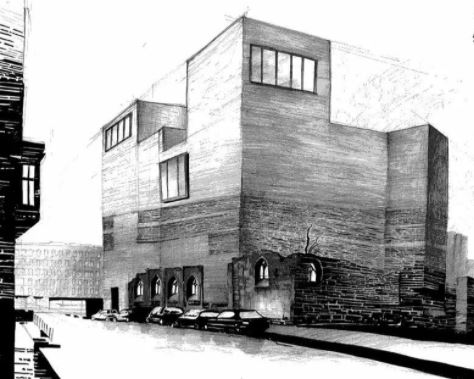
What are the key policy issues?
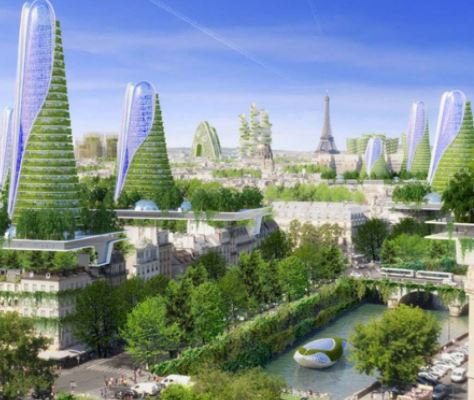
Currently, digital media policies focus on protecting the vision and avoiding visual confusion. The public open space policy is more qualitative and experiential in nature. It points out the need for open space to enhance livability, attractiveness and attractiveness.
Both policies should be retained. This is critical. But the council should recognize that media architecture can simultaneously attract people and increase the attractiveness of public spaces.
